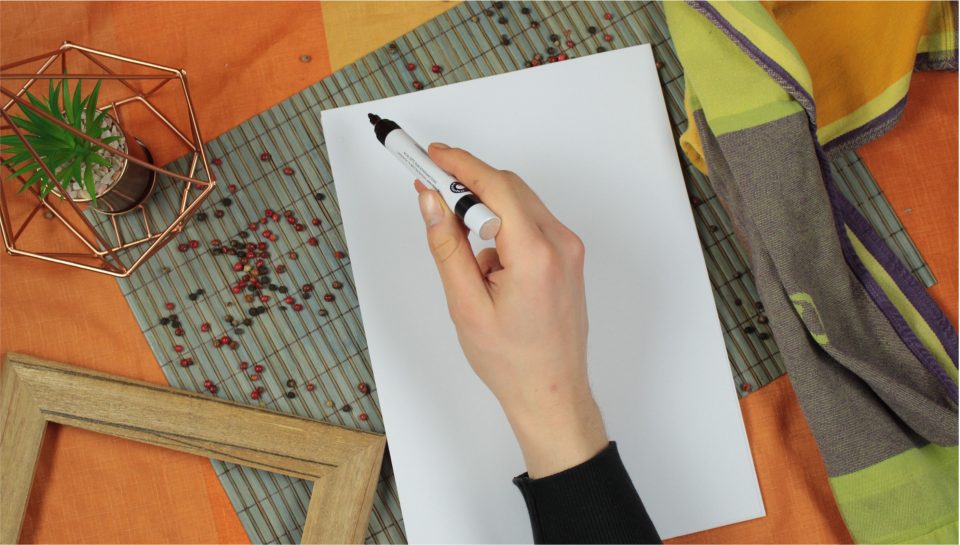How to use paper effectively in hybrid learning

Did you know your printer could be hacked?
January 14, 2021
The carbon footprint of paper from sustainable forests
January 22, 2021
With increasing numbers of pupils around the world learning at home or via virtual classrooms, it’s worth taking a moment to consider the merits of screen and paper-based learning. Only in this way will we ensure that pupils engage with and digest the learning content in the best way possible.
During the pandemic lockdowns of 2020, online learning played a vital role in helping schools to continue to operate around the world. Teachers and pupils flocked online in a bid to ensure operation as normal as possible.
This fulfilled a vital need at a time of national and global crisis. However, several nations have begun to report that many children fell behind or missed out academically during this time – and not only because of the lack of interaction with their peers.
Engaging fully with virtual content
With more lockdowns being reintroduced in many countries around the world, it is worth taking a moment to stop and consider some of the lessons we learned from the first lockdowns of 2020 and how we can take the opportunity to do things better moving forward.
Parents with kids may well recognize stories of walking into a room where school lesson is being conducted over Teams only to find the audio playing but the video camera turned off and the child doing handstands over the other side of the room. Let’s just say that paying attention to a screen seems to be a lot less of a problem when it’s connected to, say, Minecraft or a Lego movie than when it features the familiar tones of a teacher!
What can help pupils to engage fully with digital learning?
We’ve known for some time that paper notetaking helps to ensure engagement with lesson content and embed learning in a real-world environment.
Researchers Pam A. Mueller and Daniel M. Oppenheimer at Princeton University and the University of California, Los Angeles, found writing notes by hand can help to improve your understanding and learning. All the students who had taken handwritten notes on paper outperformed their computer-notetaking contemporaries.
Now, new research shows that paper-based tools encourage active listening when learning online – helping to embed digital learning for pupils. Productivity and connectivity expert Holland Haiis says, “When it comes to a student’s learning environment, it is important to build in the time and tools to help ensure new information is properly comprehended and retained. Structured notetaking on paper is a really effective way of making sure online lessons stick, especially when tailored to a student’s specific learning style.”
Recommendations for structured notetaking on paper
Haiis has teamed up with the How Life Unfolds website to offer three different recommendations for different methods for paper notetaking. The idea is that pupils can chose the method that best suits their own learning style. Haiis suggests:
- Sketchnoting which combines hand-drawn pictures with handwritten notes for a visual approach to notetaking.
- Bullet journaling, an organizational approach which helps to track progress as well as offering an index system for notetaking.
- The Cornell notetaking system, whereby the page is split into two columns, one for notes and the other for the student’s own commentary and prompts about the notes taken.
Encourage your child to experiment with different notetaking approaches and styles until they find a style that they enjoy and that suits the way they think and work. Stock up on paper and pens alongside their laptop and you should find those at-home schooling sessions go a lot smoother and are a lot more memorable and productive for your child.



